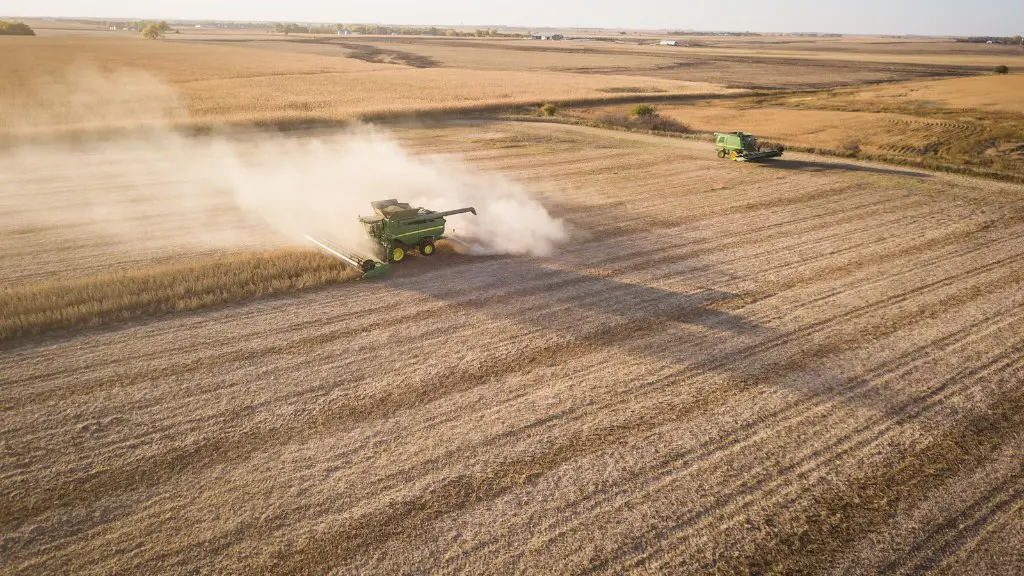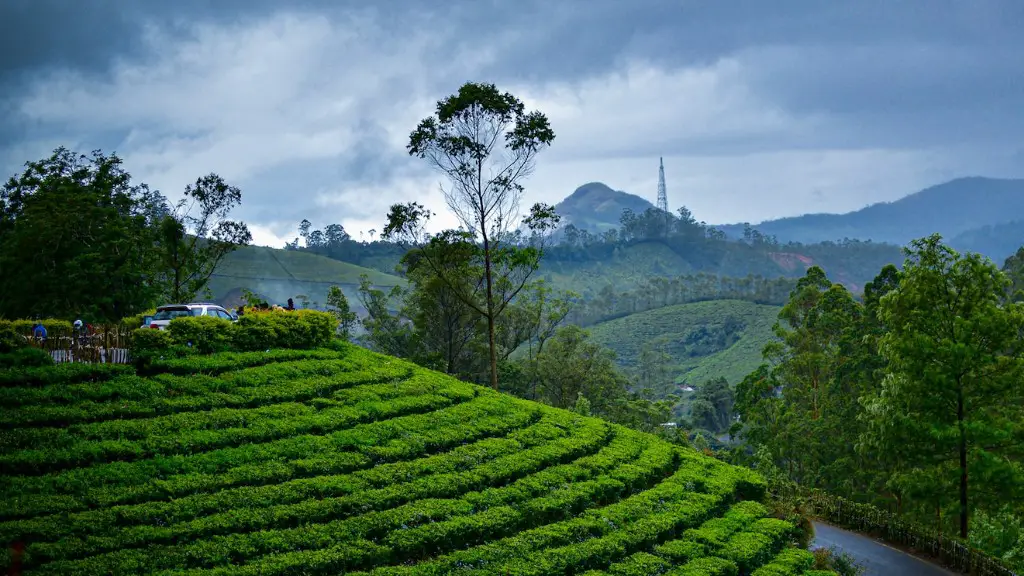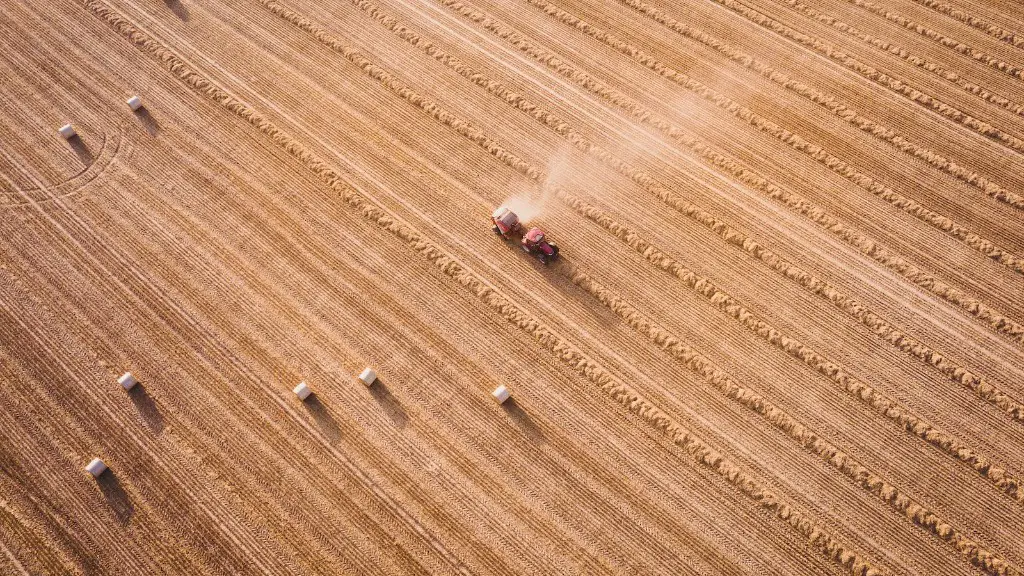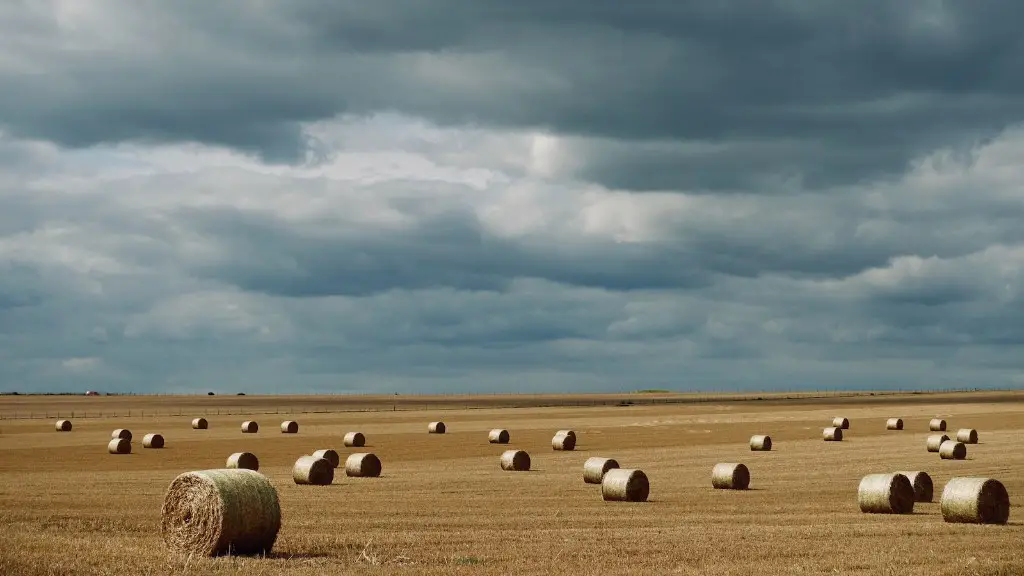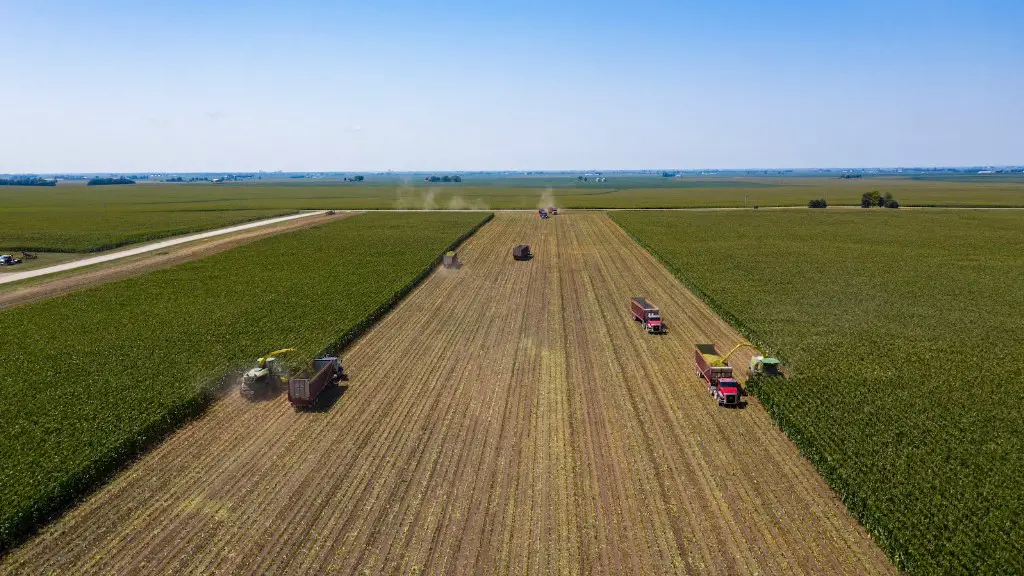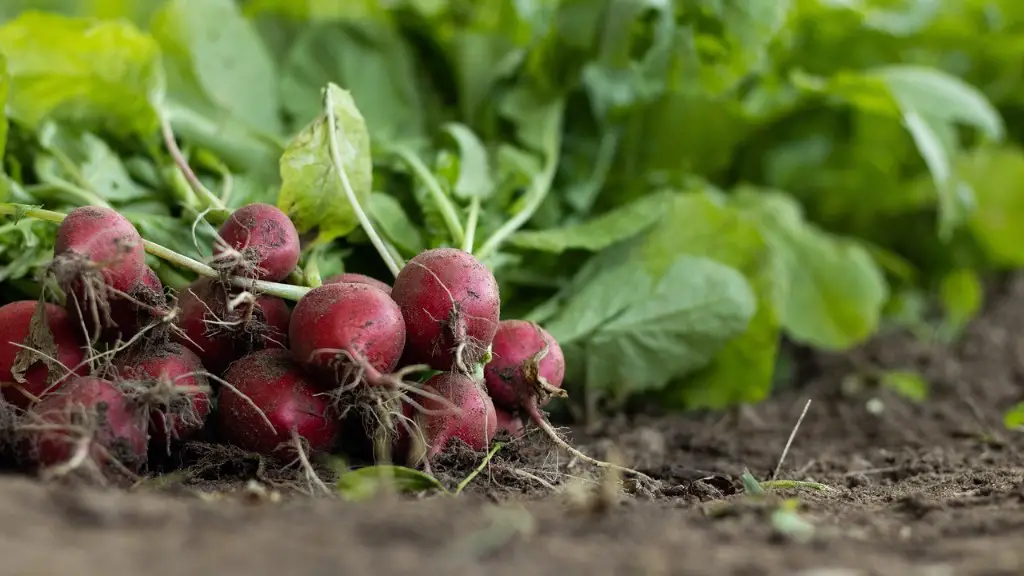Climate change is a big problem in the Philippines. The Philippines is a country that is highly dependent on agriculture. About 35% of the country’s GDP comes from agriculture. The Philippines is also one of the most disaster-prone countries in the world. Climate change makes these disasters worse.
Typhoons are a big problem in the Philippines. They are getting stronger and more frequent because of climate change. In 2013, Typhoon Haiyan was the strongest typhoon ever recorded. It killed more than 6,000 people and caused damage worth $14 billion.
Floods are another big problem. Climate change causes heavier rains which lead to more floods. In 2012, floods caused by Typhoon Bopha killed more than 1,000 people and caused damage worth $1 billion.
Droughts are also becoming more common and more severe because of climate change. In 2016, the El Niño drought caused agricultural damage worth $3.7 billion.
All of these problems make it hard for farmers to grow crops and make a living. Climate change is a big threat to agriculture in the Philippines.
The Philippines is a country that is highly vulnerable to climate change. The agricultural sector is one of the sectors that are most vulnerable to the impacts of climate change.
Climate change affects agriculture in the Philippines in a number of ways. One of the most important ways is through the changing patterns of rainfall. There has been an increase in the frequency and intensity of rainfall events in the Philippines in recent years. This has led to flooding in some areas and drought in others.
Another important way that climate change affects agriculture in the Philippines is through the changing patterns of temperature. There has been an increase in average temperatures in the Philippines in recent years. This has led to an increase in the incidence of pests and diseases, which have a negative impact on crops.
Climate change is also affecting agriculture in the Philippines through sea level rise. Sea level rise is causing coastal erosion and flooding in some coastal areas. This is having a negative impact on agriculture, as it is making it difficult for farmers to access their land and cultivate their crops.
The impact of climate change on agriculture in the Philippines is having a negative impact on the livelihoods of farmers and on the food security of the country. It is important for the Philippines to take action to reduce its vulnerability to climate
How climate change is affecting agriculture?
Climate change has the potential to disrupt food availability, reduce access to food, and affect food quality. For example, projected increases in temperatures, changes in precipitation patterns, changes in extreme weather events, and reductions in water availability may all result in reduced agricultural productivity. This could lead to higher food prices, and even food shortages in some areas of the world. Additionally, climate change could also lead to reductions in the quality of food, as a result of changes in growing conditions and increased spoilage.
The Philippines is one of the countries that will be most impacted by climate change in the next few decades. A new study has found that the country’s gross domestic product could decrease by up to 18 percent by 2060 as a result of climate change impacts on capture fisheries. This is a significant impact that the country will have to face in the coming years. The study highlights the importance of mitigation measures to reduce the impacts of climate change.
What is the biggest problem in agriculture in the Philippines
As the world economy continues to rebound, the prices of energy, oil, fertilizer, and wheat have all begun to rise. This has caused many countries to start imposing export bans in order to protect their own people. The Philippines is one of the countries most at risk because it is so reliant on these key producing countries to fill local production gaps. If the trend of rising prices and export bans continues, it could have a very negative impact on the Philippine economy.
Climate change is already having serious impacts on the Philippines, and is only expected to become more severe in the future. Extreme weather events are becoming more frequent and more intense, sea levels are rising, and resource shortages are becoming more common. Environmental degradation is also a serious concern. The Philippines is one of the most vulnerable countries in the world to climate change, and it is clear that urgent action is needed to address the issue.
What is the impact of agriculture in the Philippines?
Agriculture is a vital part of the Philippines economy, employing around 40% of the workforce and contributing an average of 20% to the Gross Domestic Product. The sector is important for both food security and export earnings, with the country being a major producer of rice, corn, coconuts, sugar, coffee, and bananas. The government is committed to supporting the sector, and has invested in initiatives to improve productivity and competitiveness. These include improving infrastructure, providing access to financing, and developing value chains.
Climate change is one of the most pressing issues of our time, and its impacts are already being felt around the world. If nothing is done to mitigate and adapt to climate change, it will impose substantial economic and human costs, reducing global GDP by as much as 136 percent by 2040. The poorest households will be the most affected by climate change, as they are the least able to cope with the impacts. Climate change will also lead to greater inequality within and between regions, as some regions are more vulnerable to climate change than others.
How does climate change affect food in the Philippines?
The study indicated that combined climate hazards, such as typhoon, flood, and drought will cause serious threats to food security. A major risk is price volatility of food items caused by disruption of food production in areas affected by climate-related hazards.
Climate change will affect Philippine cities in a number of ways. More intense El Niño sea surface temperatures will lead to more frequent and more intense storms and hurricanes. Ocean acidification will make it harder for marine life to thrive, and eventually leading to less fish in the sea. Sea levels are projected to rise by 4 to 6 meters over the next century, which would lead to increased flooding and damage to coastal infrastructure. And finally, tropical cyclones are expected to become more intense as the planet warms, leading to more destruction and loss of life.
What are the 5 agricultural issues in the Philippines
1) High Input Costs: Many Filipino farmers are simply unable to take their production further due to the high expense of many critical inputs.
2) Lack of Post-Harvest Facilities: Without proper post-harvest facilities, farmers are often unable to properly process and store their rice, leading to losses.
3) Climate Change: The changing climate conditions in the Philippines have had a negative impact on rice production, with more extreme weather conditions leading to droughts and floods.
4) Market Forces: The rice market in the Philippines is highly volatile, with prices often fluctuating wildly. This makes it difficult for farmers to plan and budget their production.
5) Land Rent: The high cost of land rent is another major challenge faced by Filipino rice farmers. With land becoming increasingly scarce, many farmers are being forced to rent land from others, which eats into their profits.
6) Demographics: The Philippine population is growing at a rapid pace, which is putting increased pressure on the country’s rice supply. This has led to higher rice prices and a decrease in the availability of land for farming.
There are many factors that contribute to low agricultural productivity, and poor rural infrastructure and climate extremes are two of the most significant. To address these key challenges, the government should reorient its public expenditure programs and promote research and development to boost long-term productivity.
Public expenditure programs should be focused on improving rural infrastructure, such as roads, irrigation, and storage facilities. In addition, research and development initiatives should be prioritized in order to develop new and more resilient crop varieties that can better withstand climate extremes.
By taking these measures, the government can help to create the conditions that are necessary for agricultural productivity to thrive.
Why is agriculture dying in the Philippines?
WTO-imposed liberalization was not the only problem affecting Philippine agriculture. Another was the state’s contentment to leave agriculture in a state of neglect, benign or otherwise. Theabsentee state has been one of the central causes of the crisis in Philippine agriculture.
Air pollution has become a problem in the Philippines over the past year. There are many factors that contribute to this problem, such as factories and automobiles emitting harmful gases into the air, and the burning of trash and other materials. This pollution is proving to be harmful to the health of the people living in the Philippines, causing respiratory problems, skin problems, and other health issues. The government is taking steps to try to reduce the pollution, but more needs to be done to solve this problem.
What are the major negative impact of climate change in the Philippines
Typhoons can have a devastating effect on countries like the Philippines which are located in tropical areas. With global warming causing sea levels to rise, there is an increased risk of low-lying areas being flooded. This is a major concern for people living in coastal cities like Metro Manila.
The Philippines has always been vulnerable to climate change and its effects. The country is endowed with natural resources that make it attractive to investors, but these same resources are also its undoing. The Philippines is one of the most disaster-prone countries in the world, and climate change is making the situation worse. The government has set ambitious targets for reducing greenhouse gas emissions, but it will be a challenge to meet them.
What is the current situation of agriculture in the Philippines?
The value of production in agriculture and fisheries decreased by 10 percent in the fourth quarter of 2022. This was due to the reduction in the value of production of crops and fisheries. However, the value of livestock and poultry production increased during this quarter.
The Philippines is an agricultural country with a large number of Filipinos living in rural areas. A lot of these Filipinos support themselves through agricultural activities. Agricultural products from the Philippines include rice, corn, coconuts, sugarcane, bananas, pineapples, and tobacco.
Warp Up
Climate change is already affecting agriculture in the Philippines and is expected to have even more pronounced effects in the future. Higher temperatures and changes in precipitation patterns are leading to more frequent and more intense droughts and floods. These extreme weather events damage crops, reduce yields, and increase costs for farmers. Climate change is also contributing to the spread of crop pests and diseases, which further threaten agriculture production.
It is projected that climate change will have several adverse impacts on agriculture in the Philippines. These include more frequent and more intense floods and typhoons, as well as extended droughts. These events are likely to reduce crop yields, damage infrastructure, and disrupt supplies of inputs such as seeds, fertilizers, and pesticides. In addition, climate change is expected to exacerbate existing problems such as land degradation and water scarcity. All of these impacts will have negative consequences for the food security and livelihoods of small-scale farmers and other stakeholders in the agricultural sector.
